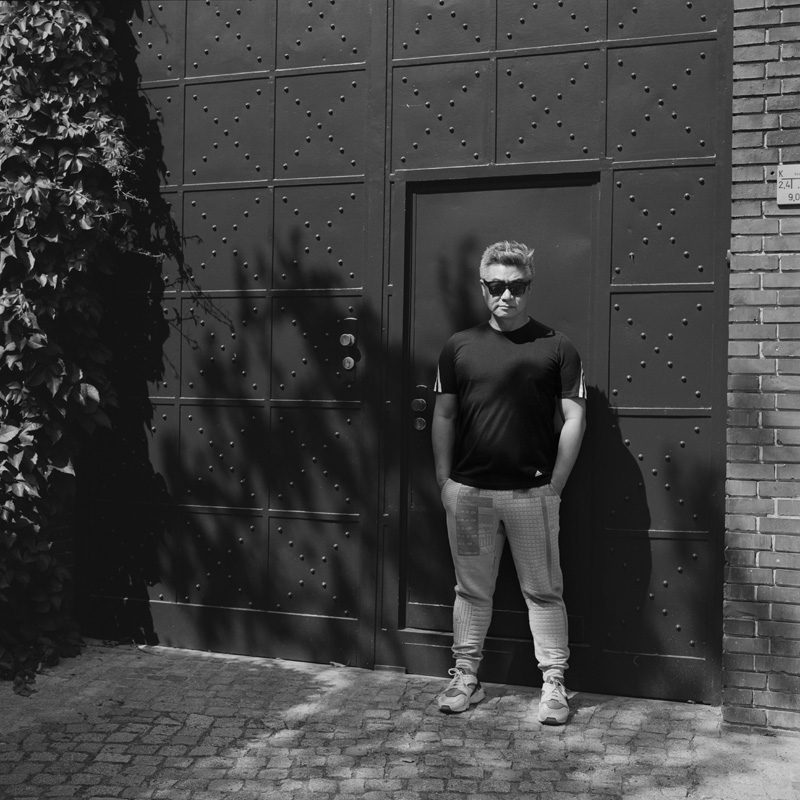
The works of Herman Chong (born in Malaysia, 1977) lie at the intersection of image, performance, situation, and writing. Chong investigates the everyday function of infrastructure as a political arena through in-depth interrogation and inquiry.
Through the series of Foreign Affairs (2018), Chong displays such idea critically and reflectively through a series of photos of embassy back doors. This series of photos can be read as infrastructure, but it also reminds us of the presence of surveillance cameras that are always watching everything. Apart from that, Chong's interest in everyday politics can also be seen through the work series Abstracts from The Straits Times (2018). Through this series, Chong seeks to comment on today's media landscape which is constantly interfered with by notions of political correctness, accusations of fake news, public opinion, and technology of deep-fake.
His other works have been exhibited in various countries, and are collected by several institutions, including Art Sonje Center, Kadist Art Foundation, M+ Museum, The National Museum of Art Osaka, NUS Museum, Rockbund Art Museum, Singapore Art Museum, and Weserburg Museum .
Heman Chong's works are at the intersection of image, performance, situation and writing. The motif of his approach is imagination, interrogation, and sometimes intervention in infrastructure as a vehicle for politics in daily life. In this video works, Heman is interested in the threshold condition between existence and the image of its collapse. Fragility is presented through choosing the subject of his works from the perspective of a person walking.
This long video was made last year, a part of Chong's series entitled "Ambient Walking" on ASMR YouTube channel. Heman walked along Tanglin Halt Green, a public residential complex in Tanglin Halt Road area that was facilitated and subsidized by the Singapore government in the 1970s. This complex will be demolished and rejuvenated in the near future.
Chong walked along all the blocks, streets, corners and alleys that connected one building to another in the complex. Empty, uninhabited rooms that looked gloomy with closed doors, broken windows, deserted corners filled with bushes and peeling walls were recorded by his "ghost camera". The lens of his recording device was slightly foggy due to the fast raindrops, sometimes interfering with the view of the rotting concrete structures in front of him. The puddles reflected the grey sky. The video is accompanied by the sound of rain, like drumming on the roofs of the houses, the roads and an umbrella that protected his camera. The noise was caught by a microphone under the umbrella. The once-lively settlement has been abandoned by all its inhabitants, becoming an area where nature and urban decay meet in a strange and beautiful way.
This abandoned residential complex shows a country's ever-changing ambitions driven by the abundant spirit of hypercapitalism. In such ambition, the idea of a place to live is greatly influenced by the fragility of surviving in the present. It's all about the future. The non-stop rain in this video seems to refer to the classical cliche of post-apocalyptic of the impending destruction.